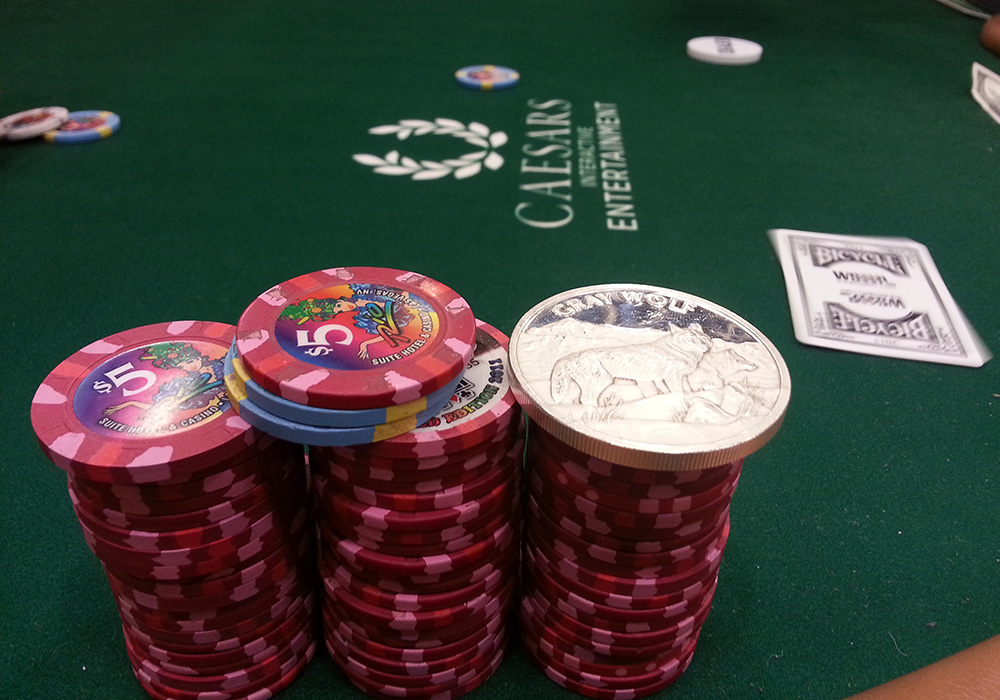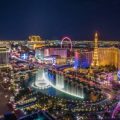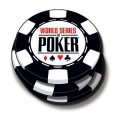Chapter 1: The Birth of The Entertainment Capital
In the heart of the Mojave Desert, where the sun blazes relentlessly and the sands stretch to infinity, lies a city that defies all logic—a city built on dreams, luck, and neon. Welcome to Las Vegas, where fortunes are won and lost with the flick of a card, and the night sky pulses with the rhythm of slot machines.
Origins and Early Days
Las Vegas wasn’t always a glittering oasis. It began as a modest railroad town, founded in 1905 after the Los Angeles and Salt Lake Railroad linked the desert to the bustling coast. Back then, it was a dusty outpost, a pit stop for weary travelers seeking respite from the harsh desert sun. The U.S. census recorded a mere 800 residents, but little did they know that this arid patch of land would soon become the epicenter of entertainment and excess.
In 1931, Nevada legalized gambling, and the floodgates opened. The Hoover Dam project brought thousands of workers to nearby Boulder City, and on payday, they’d make the 25-mile trek to Las Vegas. Fremont Street, the downtown hub, buzzed with activity as gamblers tested their luck at saloons. Five-card draw and seven-card stud were the games of choice, played in smoky rooms where the air crackled with anticipation.
The Birth of Casinos
The Golden Gate Casino Hotel, opening its doors in 1906, marked a turning point. Visitors could get room and board for a single dollar, and the vintage décor still evokes nostalgia. But it was the 1930s that truly set the stage for Las Vegas’s transformation. The Prohibition era saw underground speakeasies flourish, and poker became a staple. The ban on gambling lifted in 1931, and Northern Club—the first establishment to receive a gambling license—ushered in a new era.
Enter the World Series of Poker (WSOP) in 1970. Benny Binion, a casino owner, organized this event, bringing together the best players from across the country. Texas Hold’em emerged as the main event, captivating players and fans alike. Poker became a spectator sport, and Las Vegas cemented its status as the poker capital of the world.
The Poker Boom and Beyond
The late ’90s witnessed an explosion in poker’s popularity, thanks to the “Moneymaker Effect.” Chris Moneymaker, an amateur player, won the 2003 WSOP Main Event, sparking a global craze. Television broadcasts and online platforms fueled the fire, making poker a household pastime. Las Vegas became the ultimate pilgrimage site for enthusiasts worldwide.
Today, the city hosts prestigious tournaments, from the WSOP to high-stakes cash games at the Bellagio. The poker culture thrives, drawing players of all skill levels. As the neon lights continue to blaze, the cards keep shuffling, and the allure of Sin City remains irresistible.
Chapter 2: The Mirage Awakens
Stay tuned for more chapters in “The Neon Mirage: A Tale of Las Vegas.” The stakes are high, the secrets deeper, and the city’s pulse never wavers.






